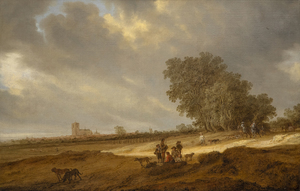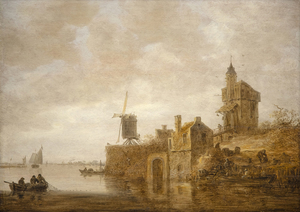MONTECITO
TOM VENDITTI
Co-Chairman, Advisory
Montecito
Tom Venditti is a seasoned consultant bringing his experience as an independent art advisor and former Senior Director of Art Collections for Paul Allen, whose collection set records when it sold at Christie’s in 2022.
Building and managing numerous collections, Tom has been instrumental in guiding prominent art collectors throughout their journeys. Prior to his time as a New York-based independent art advisor, Tom spent 14-years with Vulcan Inc. in Seattle, WA, where he played a pivotal role in advising on acquisitions and deaccessions for the Paul Allen Family art collection. Tom’s impact is evident through his established strategic planning and procedural standards for collections management across multiple properties. He has brought this expertise to Heather James’ clients since 2019.
Tom’s dedication shines through his advisory work for private collectors and his contribution to public art installations, exemplifying his commitment to the diverse facets of the art world. As Co-Chairman, Tom brings a wealth of experience, a commitment to service, and a unique blend of skills that resonates with clients seeking unparalleled guidance in the art market.
CATIE RINI PATTON
Fine Art Consultant
Montecito
Catie Rini Patton brings more than 20 years of diverse high-end sales and customer relations experience in the fine arts and interior design communities of San Francisco, Los Angeles, and Manhattan. She has worked for and with major galleries, auction houses, private collectors, and corporations, including Gensler, Chanel, Peter Marino, and The Bank of New York.
Since joining Heather James Fine Art in 2018, Catie has secured consignments and helped build notable private collections with prominent artists across a multitude of genres, including Alfred Sisley, Pablo Picasso, Georgia O’Keeffe, Ansel Adams, Robert Motherwell, Giorgio de Chirico, Leonor Fini, Alexander Calder, Tracey Emin, Takashi Murakami, & Andy Warhol.
Catie received a BS in Business, a BFA in Graphic Design, and a Minor in Arts Management from Miami University of Oxford, Ohio. She is a member of The Battery, San Francisco.
HEATHER JAMES FINE ART – MONTECITO has become a valuable resource for local clients, providing a wide array of support and assistance for a vast range of properties. With the help of Heather James Fine Art experts, our representatives are able to assist you if you have questions regarding buying or selling, or wish to have an object from your collection valued.
We provide a wide range of client-based services including estate and tax planning, collections management, appraisals, logistics management, acquisitions, and financial services.
IN THE NEWS
SERVICES
Heather James Fine Art provides a wide range of client-based services catered to your specific art collecting needs. Our Operations team includes professional art handlers, a full registrar department and logistical team with extensive experience in art transportation, installation, and collection management. With white glove service and personalized care, our team goes the extra mile to ensure exceptional art services for our clients.
GET TO KNOW US
GALLERIES
45188 Portola Avenue
Palm Desert, CA 92260
(760) 346-8926
Hours: By appointment
172 Center Street, Suite 101
P.O. Box 3580
Jackson Hole, WY 83001
(307) 200-6090
Hours: By appointment





















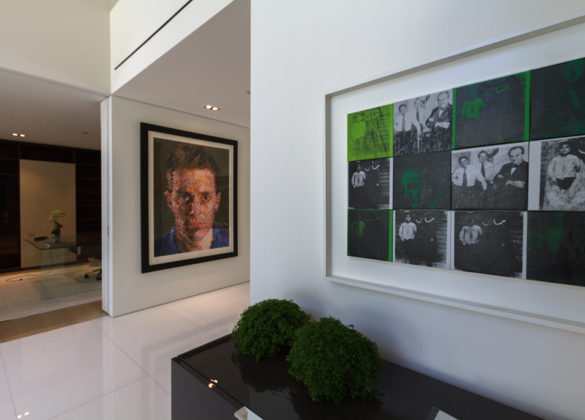
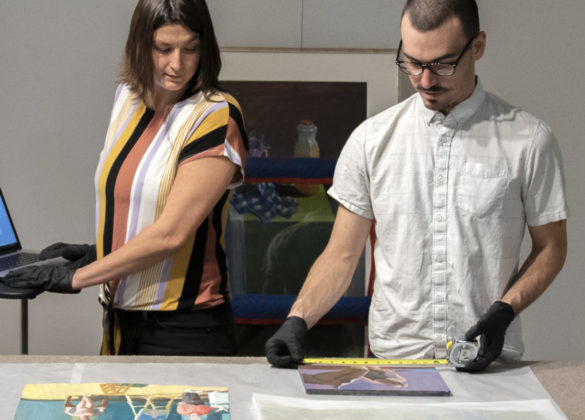






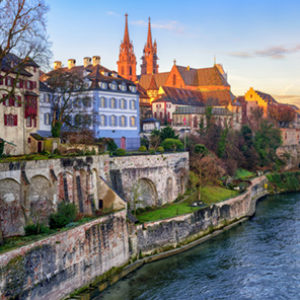




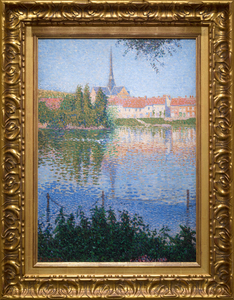
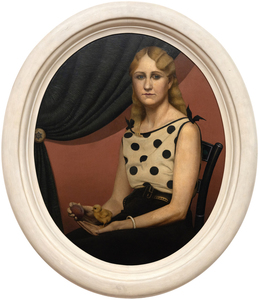
,_new_mexico_tn40147.jpg )
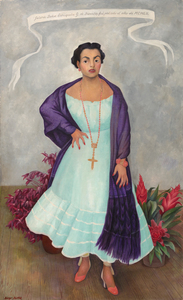
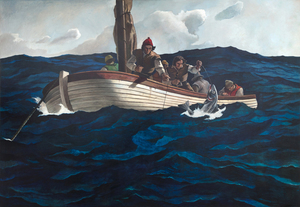
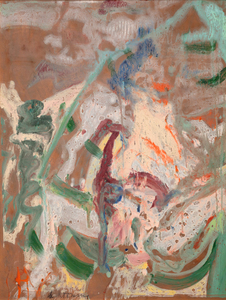
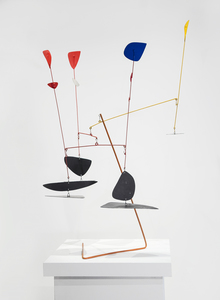
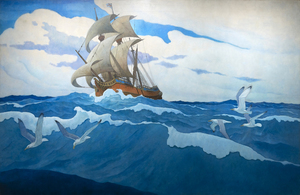
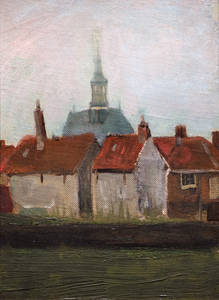
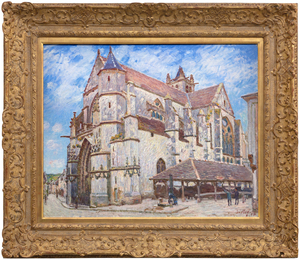
_tn45742.jpg )
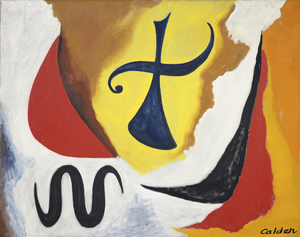
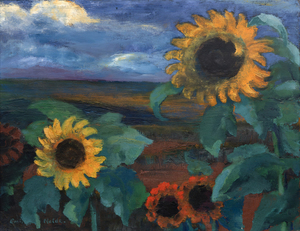
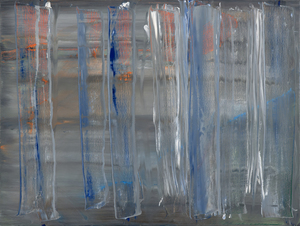
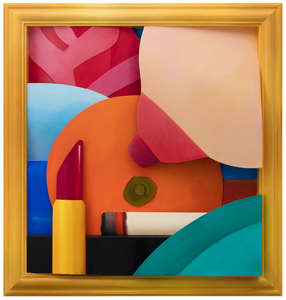
_tn45734.jpg )
_tn45731.jpg )
_tn45741.jpg )
_tn43950.jpg )
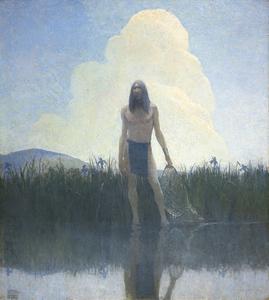
_tn45739.b.jpg )
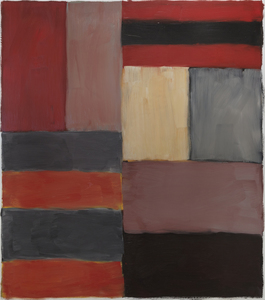
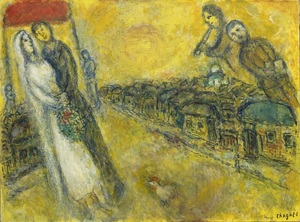
_tn45733.jpg )
_tn40169.jpg )
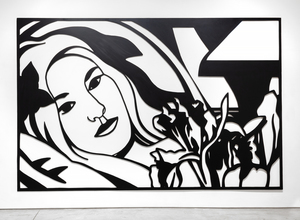
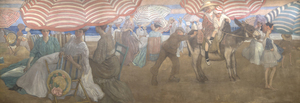
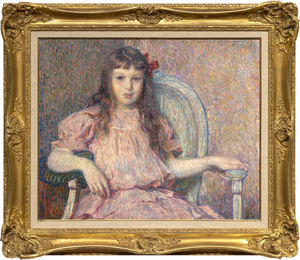
![SIR WINSTON CHURCHILL-View of Loch Choire (C 51) Painted while staying at Dunrobin Castle, the estate of the Duke of Sutherland, Churchill chose to set his easel behind a tree where he likely thought of it as a framing device, adding a layer of depth, creating a stronger sense of foreground, middle ground, and background, enhancing the three-dimensionality of the picture. Churchill painted at both Dunrobin as well as the Duke’s Sutton Place estate, later the home of John Paul Getty.
<br>
<br>As Mary Soames describes it in her book, Winston Churchill, His Life as a Painter, “1921 had been a year of heavy personal tidings” for Churchill and his family, as he lost both his mother, Jennie Cornwallis-West, and his beloved child, Marigold, aged nearly four. In a letter to his wife Clementine, Churchill wrote, “… Many tender thoughts, my darling one of you and yr sweet kittens. Alas I keep on feeling the hurt of the Duckadilly [Marigold’s pet name].” That Churchill chose to stay with the Duke and Duchess at Dunrobin just after Marigold’s death speaks to their close friendship and his fondness for the area, including Loch Choire. It is no surprise that Churchill gifted the painting to the Duke of Sutherland](/Art_Images/Small/sir_winston_churchill_view_of_loch_choire_(c_51)_tn45743.jpg )
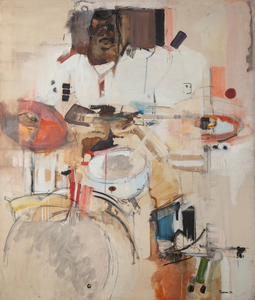
_tn45732.jpg )
_tn27035.jpg )
_tn45736.jpg )
![SIR WINSTON CHURCHILL-The Library of Sir Philip Sassoon's House at Lympne (C 19) Churchill counted as both a friend and political ally, Phillip Sassoon – one of Britain's great hosts, cousin of famed poet Siegfried Sassoon, and the man upon whom Noël Coward crowned "a phenomenon that will never recur”. Sassoon and his sister Sybil were among Winston and Clementine’s great friends. As described by Lady Soames in her book, “Philip Sassoon was a man of charm and distinction, and he dispensed princely hospitality to a brilliant and varied circle of friends at his two country houses, Port Lympne and Trent Park. He made a remarkable collection of works of art. Winston received much help and encouragement from Sassoon, and painted many pictures of both his house and gardens. One of the ways in which Winston taught himself to paint was by copying pictures he admired. With his large and varied collection, Sir Philip was able to be of help in this way, too, and Winston studied and copied quite a number of his friend’s pictures. Sassoon was a friend and patron of John Singer Sargent, and owned many of his works. Winston admired several of these, and found them highly instructive; in 1926, [less than two years before this painting was created] Philip Sassoon wrote Winston this note, which accompanied a generous present and a helpful loan:
<br>
<br>My dear Winston,
<br>
<br>You have often admired the picture of John Lewis Brown of the two horsemen that hung at Trent, so I am sending it to you with my best wishes in the hope that you find a corner for it at Chartwell. I am also sending th little Sargent picture wh you asked for. He painted it when he was 18!”
<br>
<br>One is struck by Sassoon’s generosity, and can see in later works how his close study of Sargent influenced Churchill.](/Art_Images/Small/sir_winston_churchill_the_library_of_sir_philip_sassoon's_house_at_lympne_(c_19)_tn45745.jpg )
